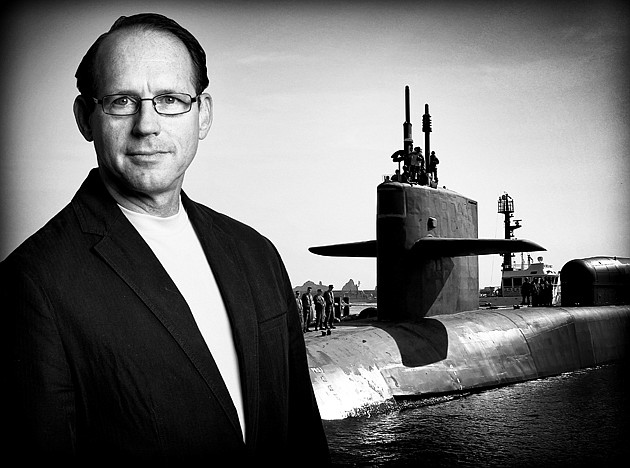- December 15, 2025
-
-
Loading

Loading

David Marquet, a U.S. Navy nuclear submarine captain, was rather pleased with himself when he gave his first order on the USS Santa Fe.
The crew, down the chain of the command, followed the order precisely. Or at least they tried. Turns out Marquet, who extensively studied the inner workings of another sub, the USS Olympia, before his assignment changed, was confused about some technical aspects of the Santa Fe. So the order to move the sub in a specific direction was mechanically impossible.
Yet Marquet says “the officer did what I said, even though it made no sense.” Puzzled and embarrassed, Marquet asked the officer why he passed an order down the line he knew was impossible to carry out. The response back: Because you told me to.